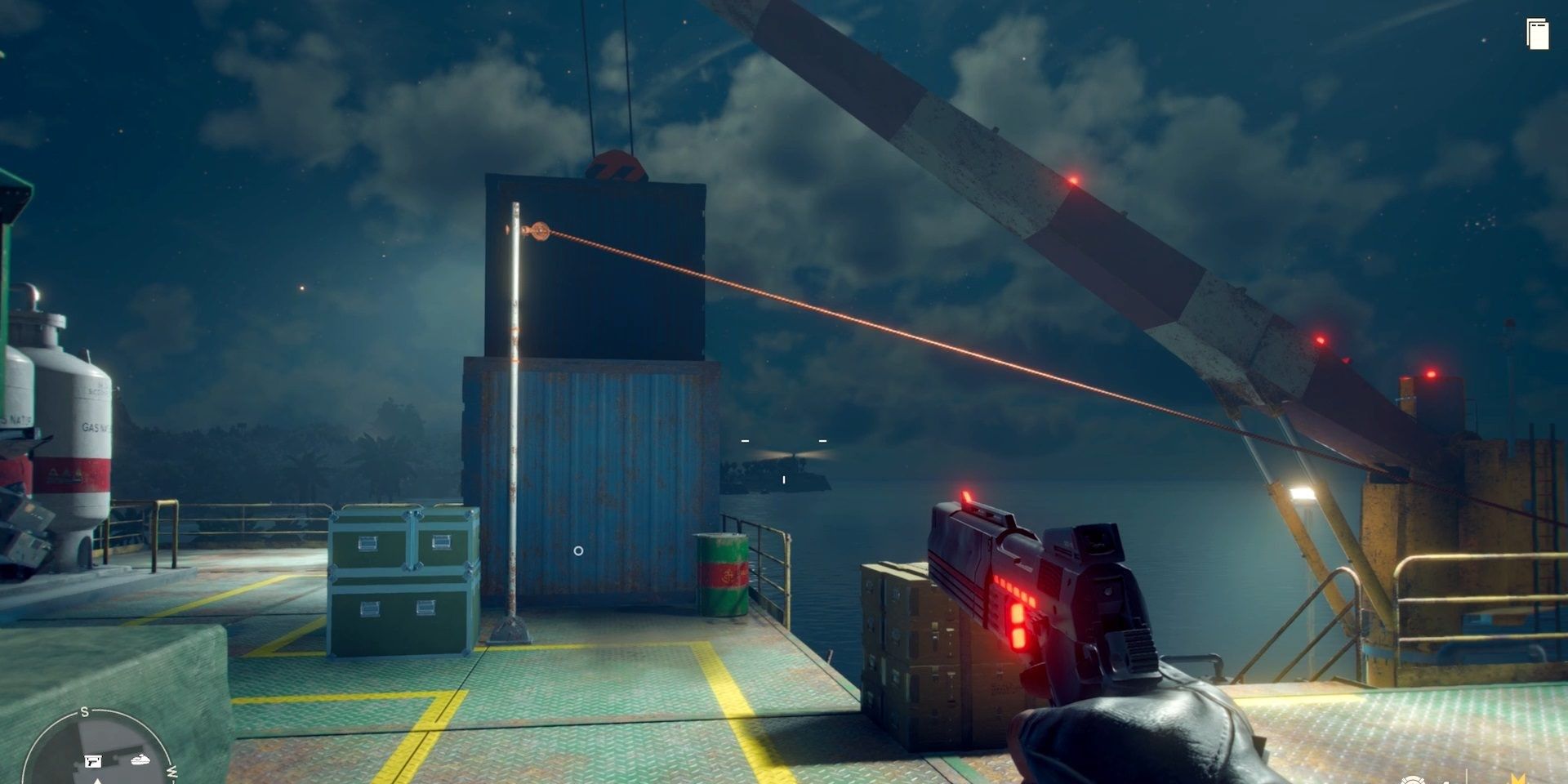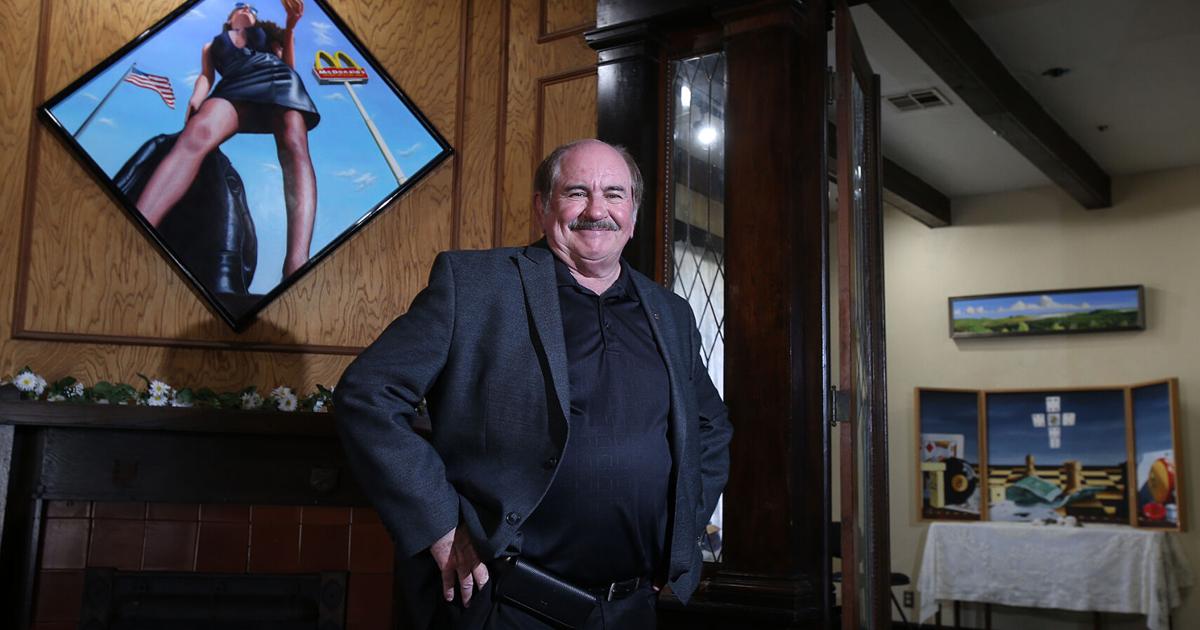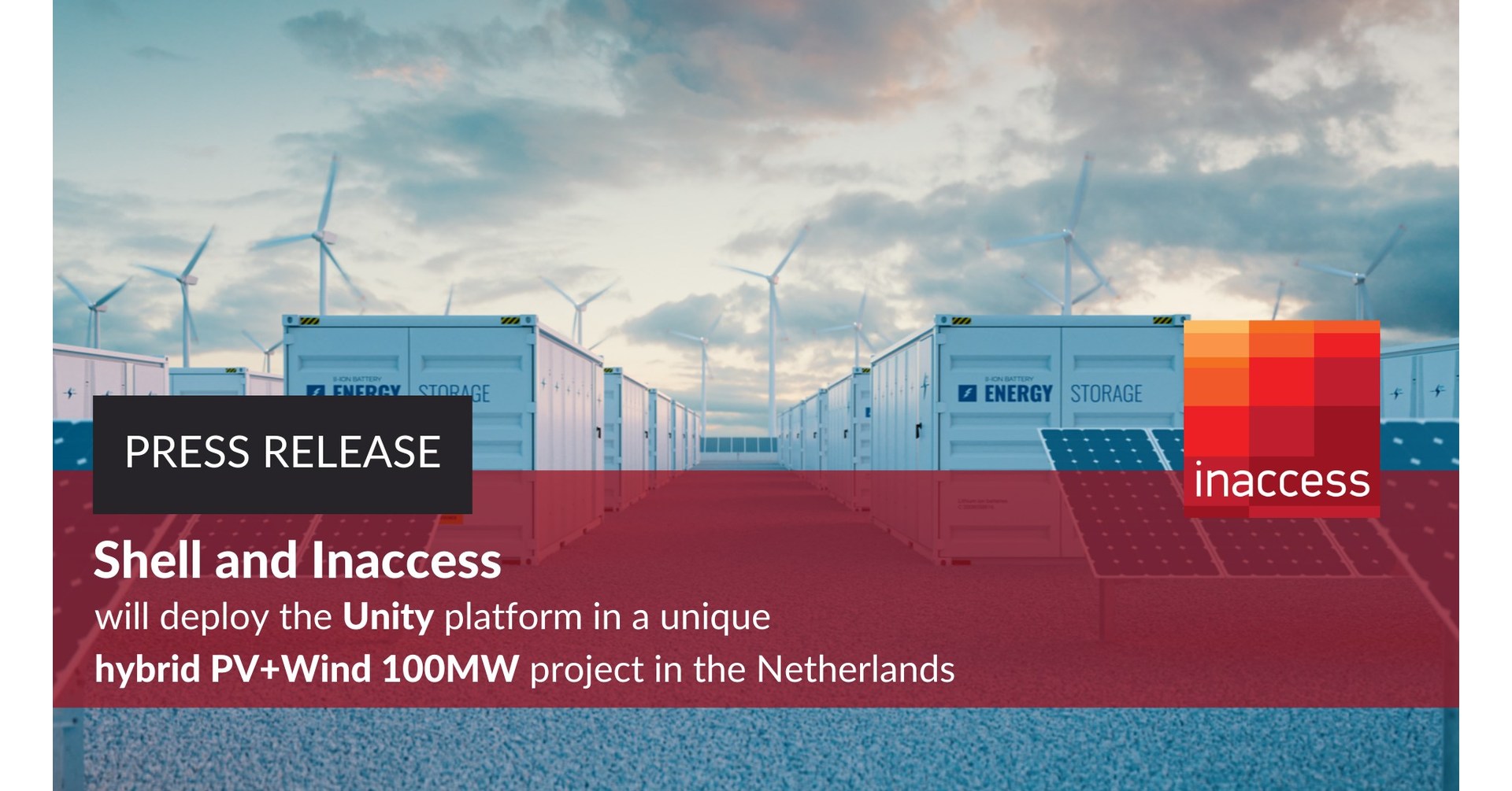Summary
System-integrated vibration analysis reliably monitors the load-carrying capacity of steel structures in offshore power generation.
Around the world, ensuring a reliable energy supply is essential for every industrialized nation. Case in point: China’s largest oil and gas producer, the China National Offshore Oil Corporation (CNOOC), places great importance on monitoring the condition of its offshore platforms to ensure their structural integrity. In a corresponding initiative, Tianjin Aoling Industrial Automation Technologies Co., Ltd. (Aoling) has exploited vibration analysis to reliably monitor and predict the bearing capacities of offshore structures. To connect these technologies, Aoling engineers rely on PC-based control and measurement technology integrated into Beckhoff’s high-precision system.
The steel structures of an offshore platform are exposed to extreme environmental conditions throughout their service life. Harsh sea conditions up to freak waves and aggressive sea water attack them continuously. Microorganisms in water cause severe electrochemical corrosion, which also weakens the mechanical integrity of structures. Additionally, remote offshore platforms are notoriously difficult to access for regular maintenance, let alone in emergency situations.
Structural defects that would lead to a shutdown of the entire system or even an oil rig accident would be that much more costly. As such, the CNOOC attaches great importance to recording the actual operating conditions and the environmental influences at work on the structures of the platform.
EtherCAT analog I/O terminals allow data acquisition
For the pilot project, a production platform off the Chinese mainland in Bohai Bay allowed continuous monitoring of a typical offshore platform. Different measurement points were specified based on the construction plans of the platform and on-site investigations with IEPE sensors recording the vibrations. Their signals are acquired by EL3632 XFC EtherCAT terminals capable of oversampling for condition monitoring (IEPE) and transmitted to a CX2020 on-board PC with up to 50 ksample/s for evaluation.

The measurement system monitors the operating conditions of the platform and uses the vibration data to analyze the loads on the steel structure. The objective of the pilot project was to ensure the integrity of the structures throughout their operational period and to accurately predict the service life based on early indicators. This allows preventive measures to be put in place if necessary.
Responsible for the implementation of the demanding project is Aoling. The company has focused on protecting offshore applications from wave energy for years, conducting research in this area in collaboration with many Chinese universities, colleges and research institutes. Aoling develops innovative solutions, such as condition monitoring implemented with Beckhoff technology.
“Condition monitoring and diagnosis is akin to intensive medical monitoring for rigs. Compared to competitors’ systems, Beckhoff offers ideal diagnostic tools for this purpose,” says Fan Lipeng of Aoling.
Real-time vibration analyzes on offshore structures
The vibration monitoring system includes a total of 48 acceleration sensors, which were mounted in explosion-proof enclosures in accordance with the operating conditions. From the measurement points, the signal lines from the vibration sensors go to the control cabinet in the central control room, where they are connected via a routing level to the two-channel IEPE EL3632 terminals. XFC functionality and synchronous scanning with up to 50 ksample/s and 16-bit resolution ensure vibrations are captured in real time.
After the sensor data is analyzed, processed and stored by the CX2020 on-board PC, the information is transferred to a main computer on the oil rig for secondary calculation and storage. Visualization, alarm functions and data archiving are implemented here. At the same time, the master computer transmits all data to a central control room ashore via a fiber optic line.
Meanwhile, TwinCAT and the analysis application developed by Aoling in a high-level programming language run on the CX2020, which simplifies data management and storage, according to Fan Lipeng. In addition, the wide range of available I/O modules, their compact design and the flexibility of EtherCAT in terms of topology allow for further expansion and the integration of additional functions. Aoling plans to increasingly use Beckhoff’s advanced control technology for condition monitoring. The intention is, for example, to gradually implement machine learning, artificial intelligence (deep learning), neural networks and other functions on the standard TwinCAT platform. In this way, offshore platforms can maintain safe and reliable production.
Read more
Did you enjoy this great article?
Check out our free e-newsletters to read other interesting articles.
Subscribe











